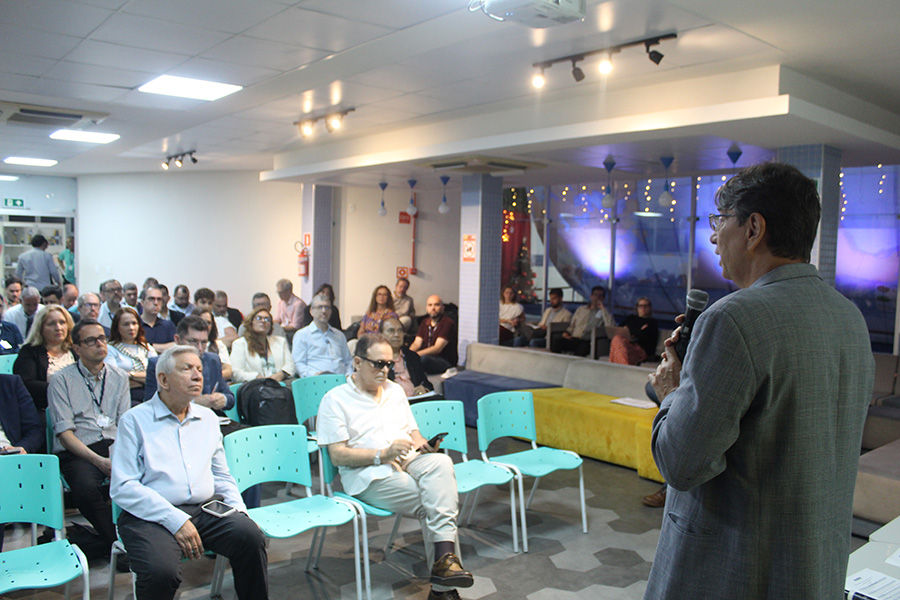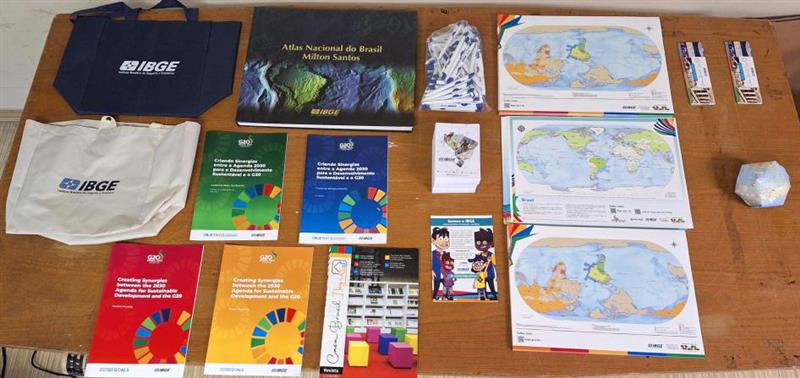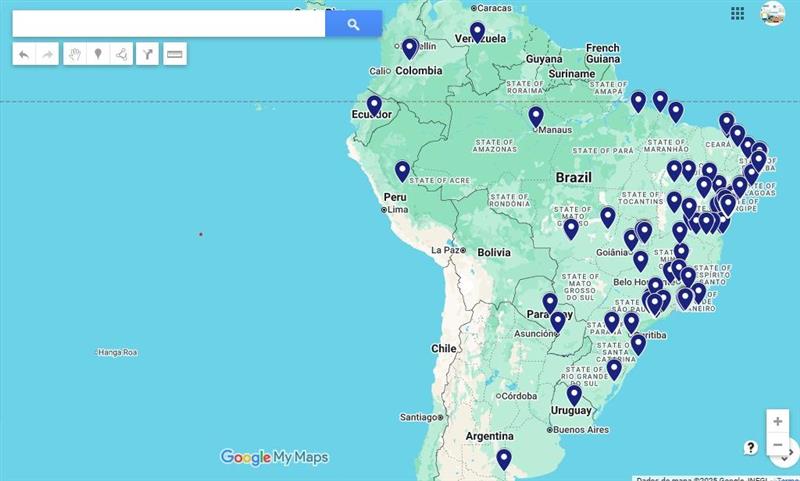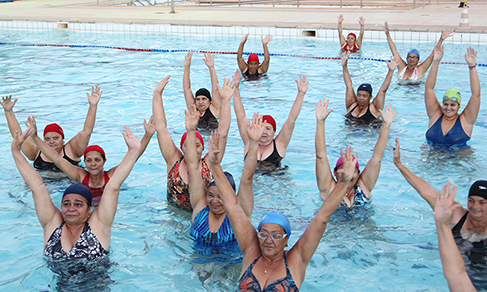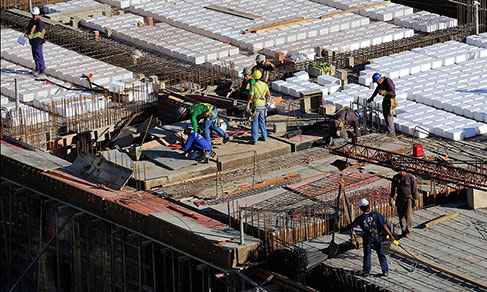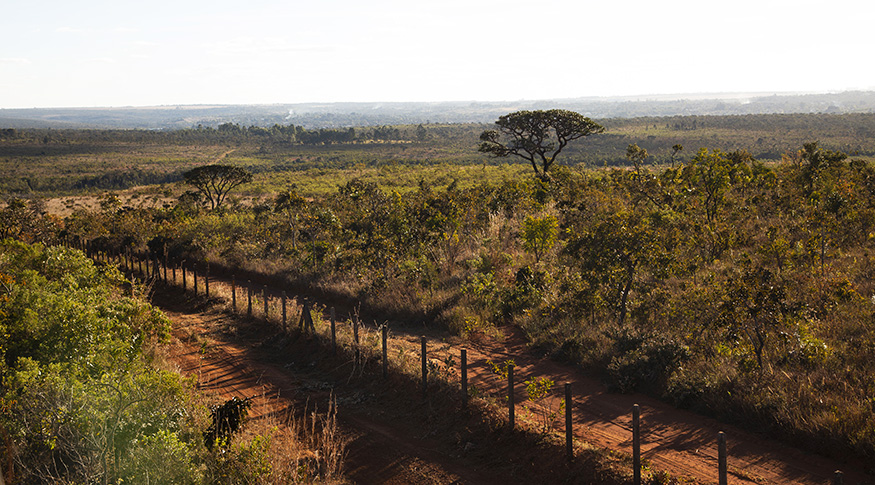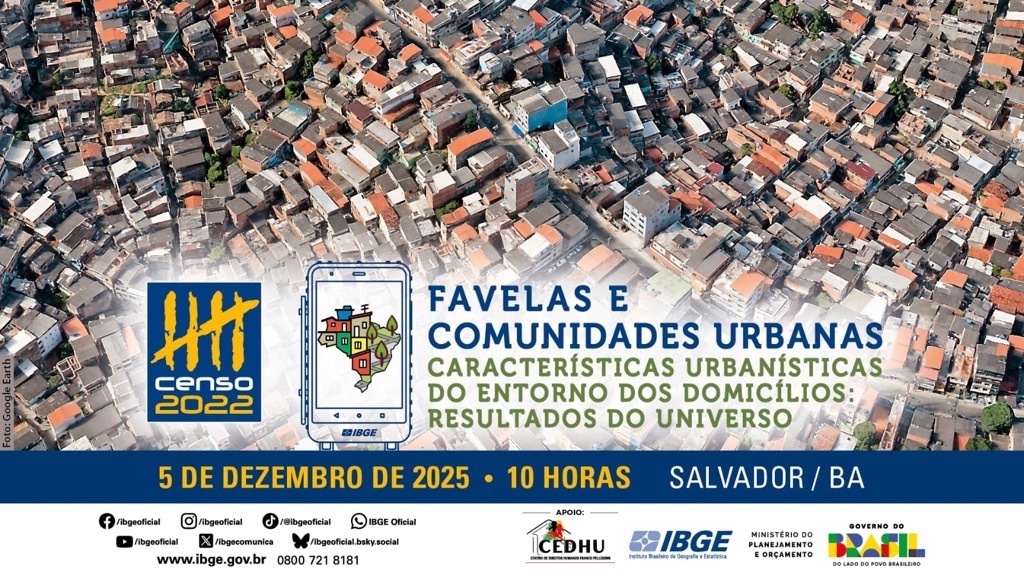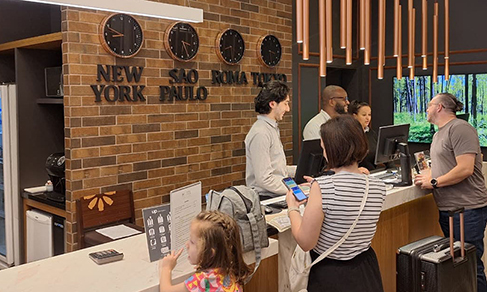Monthly Survey of Trade
Retail sales drop 0.6% in November after three months on the positive side
January 11, 2023 09h00 AM | Last Updated: January 11, 2023 02h44 PM
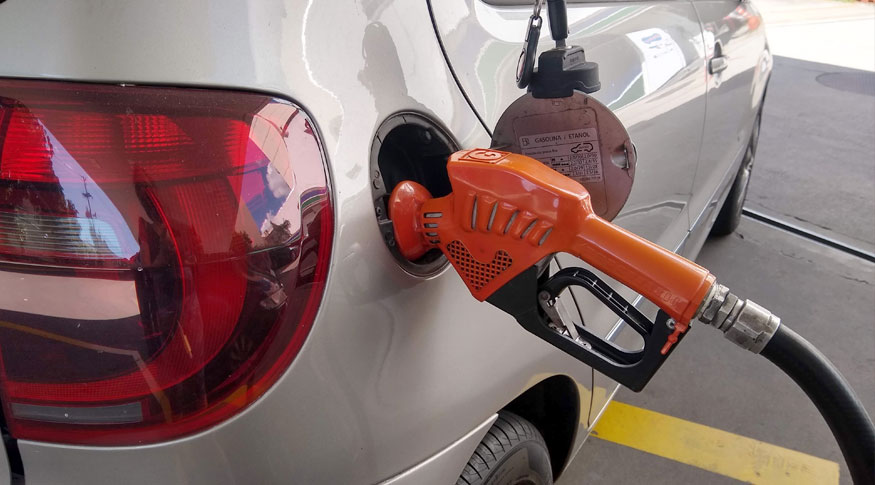
Sales in the Brazilian retail trade retreated 0.6% between October and November last year. In this comparison, this is the first time that retail stays on the negative side since July 2022 (-0.2%). As a result, the sector is 3.6% below the highest level of the time series, registered in October 2020, and 2.6% above the pre-pandemic level of February in the same year. Retail advanced 1.1% in the cumulative index from January to November and 0.6% in the last 12 months. The data are from the Monthly Survey of Trade (PMC), released today (11) by the IBGE.
Six out of eight activities surveyed recorded negative figures in November. The major influences on the overall index came from Fuels and lubricants (-5.4%) and Office, computer and communication equipment and material (-3.4%).
According to Cristiano Santos, manager of the survey, inflation is one of the factors that explain the negative result of the fuel sector. “November was the first month in which the prices of fuels returned to grow, after a series of deflation that started in July last year. It impacted on the revenue of the enterprises. Another point is that November is not a month with big movements in transportation, since families usually travel in December,” explains him.
According to the researcher, Black Friday, which happens in the end of November, did not result in very positive figures for the retail trade. An activity that is usually booming in this period is that of Office, computer and communication equipment and material, which retreated after two months of significant growth.
“The weaker performance of Black Friday strongly contributed to the negative result of the retail sector in November. Macroeconomic conditions, like the lack of growth of credit, the rise of interest rates, the stability of the value of Auxílio Brasil and the return of inflation manage to impact on the income of families and reduce consumption,” explains Santos.
The other activities that stood on the negative side were Books, newspapers, magazines and stationery (-2.7%), Fabric, apparel and footwear (-0.8%), Other articles of personal and domestic use (-0.3%) and Hyper and supermarket, food products, beverages and tobacco (-0.2%).
“In spite of dropping in November, the activity of Books, newspapers, magazines and stationery registered a very positive pace along the year. In January 2022, it was 65.8% below the pre-pandemic level and, in September, it was 33.1% below it. It is an activity that recorded strong drops, but it was recovering up to September, when negative figures disturbed the growth pace,” analyzes him.
Concerning Hyper and supermarket, food products, beverages and tobacco (-0.2%), a group of activities that represents nearly 50% of the overall index, the result is related to the payment of the Auxílio Brasil as well. “This sector remained stable for two months, changing -0.3% in September and 0.2% in November. The value of the Auxílio Brasil did not increase between October and November, thus not benefiting low-income families that tend to concentrate the consumption on food,” explains him.
The only activities that advanced over October were Pharmaceutical, medical, orthopedic articles and toiletries (1.7%) and Furniture and domestic appliances (2.2%). According to Santos, enterprises especially related to toiletries in the first group benefited from Black Friday sales. “Yet, this activity as a whole has a positive pace, they are more stable enterprises and the stores did not close during the pandemic. Seasonal increases in the prices usually happened, and they are products without replacement, i.e., families do not refrain from consuming them,” says the manager of the survey.
Sales advance 1.5% compared with November 2021
Retail sales increased 1.5% over November 2021. This is the fourth consecutive positive result of this indicator. In November, five out of eight activities surveyed advanced: Fuels and lubricants (27.3%), Pharmaceutical, medical, orthopedic articles and toiletries (6.5%), Furniture and domestic appliances (3.0%), Hyper and supermarket, food products, beverages and tobacco (2.7%) and Books, newspapers, magazines and stationery (1.1%).
“The biggest positive impact on this result came from fuels and the second, from hyper and supermarkets. In the case of fuels, the increase is related with the reduction in the prices of gasoline. On the other hand, other activities like that of Fabric, apparel and footwear registered a significant negative figure. This sector did not recover with the changes in consumption habits during the pandemic, when people usually stayed more at home. Although people returned to circulate, many of them migrated to the hybrid model of work or even to home office, which impacted on the expenditures with this type of trade,” highlights Santos.
Besides Fabric, apparel and footwear (-16.1%), two other activities dropped in the inter-annual comparison: Other articles of personal and domestic use (-10.5%) and Office, computer and communication equipment and material (-0.5%). Among the activities of the extended retail, Vehicles and motorcycles, parts and accessories (-5.5%) and Construction material (-10.9%) retreated over the same period a year ago.
Sales fall in most Federation Units over October
In November, 20 Federation Units recorded a drop in the retail sales compared with the previous month, highlighted by Amapá (-5.6%), Alagoas (-3.9%) and Maranhão (-2.7%). On the positive side, Tocantins (2.4%), Piauí (1.5%) and Espírito Santo (1.5%) stood out. Santa Catarina remained stable (0.0%) in November.
When compared with the same period in the previous year, the advance of 1.5% in the Brazilian retail was spread along 22 Federation Units, highlighted by Paraíba (32.2%), Amapá (14.9%) and Sergipe (8.9%). Among the states that remained on the negative side, the highlights were Pernambuco (-3.2%), Rondônia (-3.0%) and Rio de Janeiro (-2.4%).
More about the survey
PMC produces indicators to monitor the short-term behavior of retail trade in Brazil, investigating the gross revenue of formal enterprises with 20 or more employed persons and whose major activity is retail trade.
Having started in 1995, the PMC brings monthly results of changes in sales volume and nominal revenue for retail trade and extended retail trade (cars and construction material) for Brazil and Federation Units. The results are available at Sidra.




